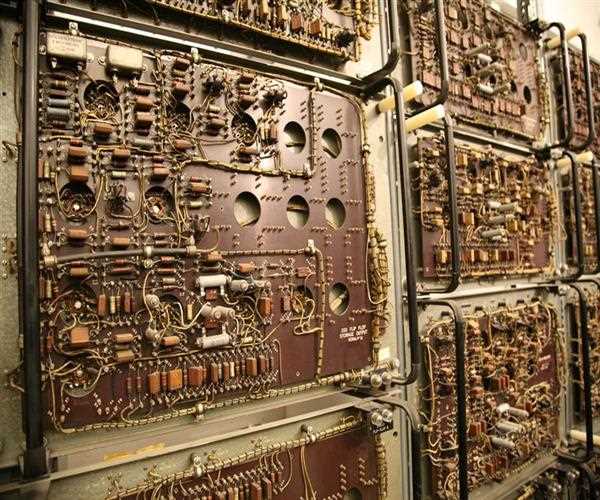Search here

29-Dec-2022
A brief History of Computers: From the 1800s to Now
Computers have become such a fundamental part of our lives that it is easy to forget just how far we’ve come in a relatively short amount of time. From their humble beginnings in the 19th century, computers have come a long way. In this article, we will take a look back at the history of computers and explore the steps taken to get us to where we are today. From the invention of the world’s first programmable “the computer,” to modern-day computers that run on artificial intelligence, join us as we take a brief look at the history of these amazing machines.
The early days of computing: from the 1800s to 1950s
- The Analytical Engine was created by Charles Babbage in 1876 and could be programmed to carry out any hand-operated calculation. The machine, on the other hand, was never finished.
- The Atanasoff-Berry Computer was created by Clifford Berry and John Atanasoff in 1937. It was the first electronic computer. However, production of this machine ceased in 1973. In 1941, Konrad Zuse planned and assembled the primary programmable PC. In the 1950s, the first commercial computers were released.
The mainframe computer era: from the 1960s to 1980s
The mainframe computer era began in the 1960s with the release of IBM's System/360 series. These computers were much faster and more powerful than any that had come before, and they quickly became the standard for businesses and governments around the world.
- During this time, mainframe computers continued to evolve and get even more powerful. In the 1970s, IBM released System/370, which was even faster and more scalable than System/360. And in 1981, IBM released the first personal computer, the IBM PC, which revolutionized computing again.
- Mainframe computers remained popular throughout the 1980s, but they began to lose market share to newer technologies such as minicomputers and microcomputers. By the end of the decade, mainframes were no longer the cutting-edge technology they once were.
The personal computer era: from the 1980s to present day
The personal computer era: from the 1980s to the present day
- The first personal computers were introduced in the early 1980s and revolutionized the way people work, play, and communicate. Today, there are more than 1 billion personal computers in use worldwide.
- Personal computers (PCs) are designed for individual use, typically at home or in a small office. They are much smaller and cheaper than mainframe or minicomputers, and can be used by one person at a time.
- The PC era began with the introduction of the Apple II in 1977, followed by the Commodore 64 in 1982 and the IBM PC in 1981. These early PCs were expensive and difficult to use, but they became increasingly popular as prices dropped and applications for them expanded.
- The 1990s saw the rise of Microsoft Windows as the dominant operating system for PCs, as well as the launch of the internet, which quickly became an essential tool for both business and personal use.
- Today, PCs are an essential part of our lives, whether we use them for work, play, or communication. With ever-increasing processing power and storage capacity, it’s hard to imagine a world without them!
The future of computing
1. The future of computing is likely to be more distributed, with computation happening on a variety of devices including wearables, sensors, and other connected devices.
2. The cloud will continue to play a major role in computing, with more and more services and data being stored off-device.
3. personalization and customization will become even more important as we move away from one-size-fits-all solutions.
4. security and privacy concerns will continue to be paramount as we move further into the digital age.
5. Computation will become increasingly intertwined with other areas such as artificial intelligence, big data, and the Internet of Things.

SEO and Content Writer
I am Drishan vig. I used to write blogs, articles, and stories in a way that entices the audience. I assure you that consistency, style, and tone must be met while writing the content. Working with the clients like bfc, varthana, ITC hotels, indusind, mumpa, mollydolly etc. has made me realized that writing content is not enough but doing seo is the first thing for it.
Join Our Newsletter
Subscribe to our newsletter to receive emails about new views posts, releases and updates.
Copyright 2010 - 2025 MindStick Software Pvt. Ltd. All Rights Reserved Privacy Policy | Terms & Conditions | Cookie Policy